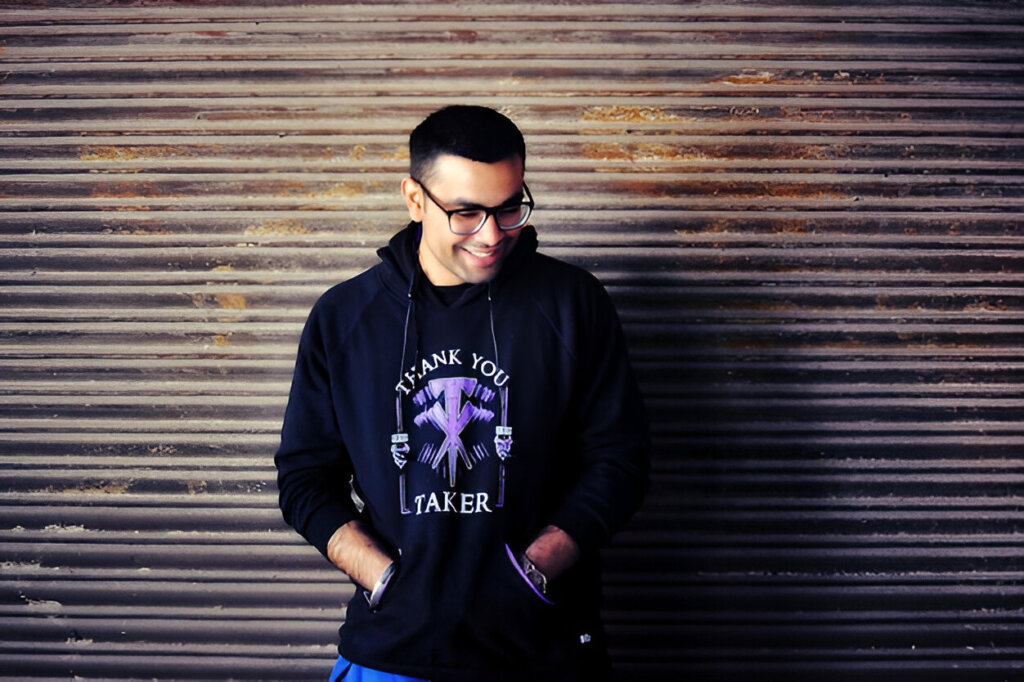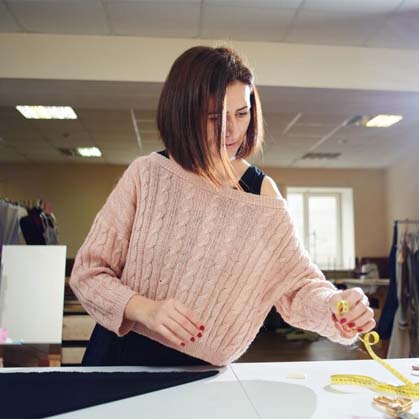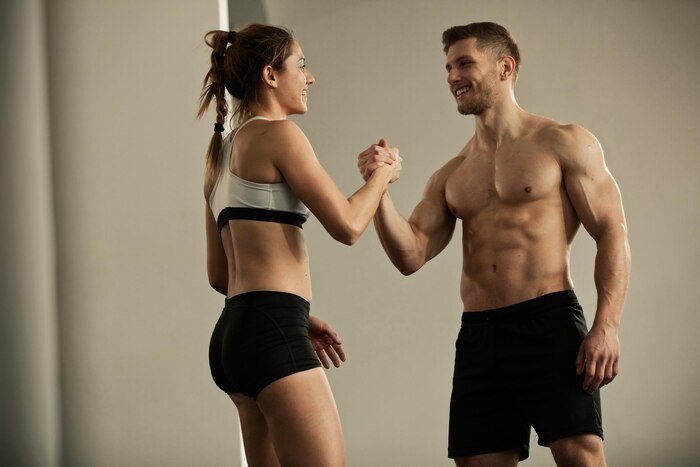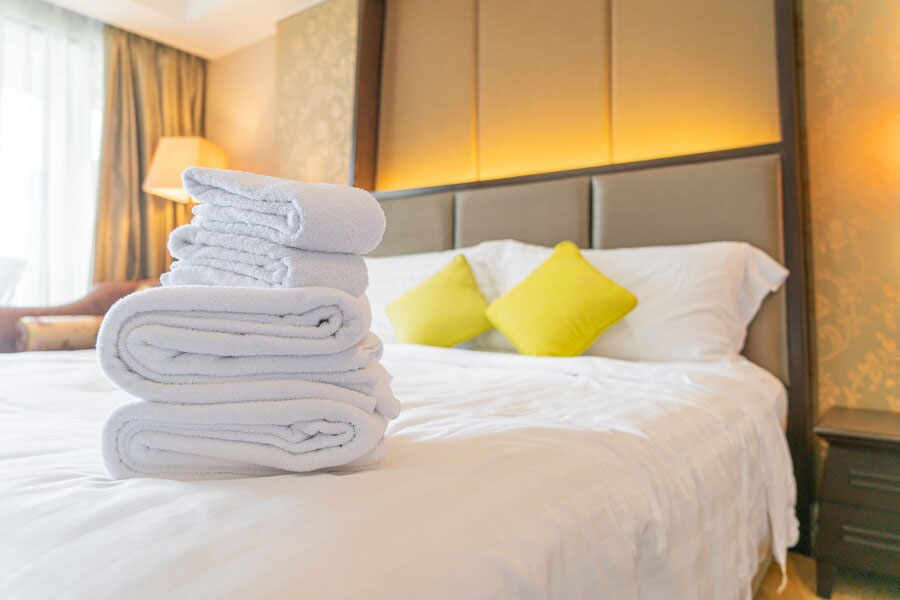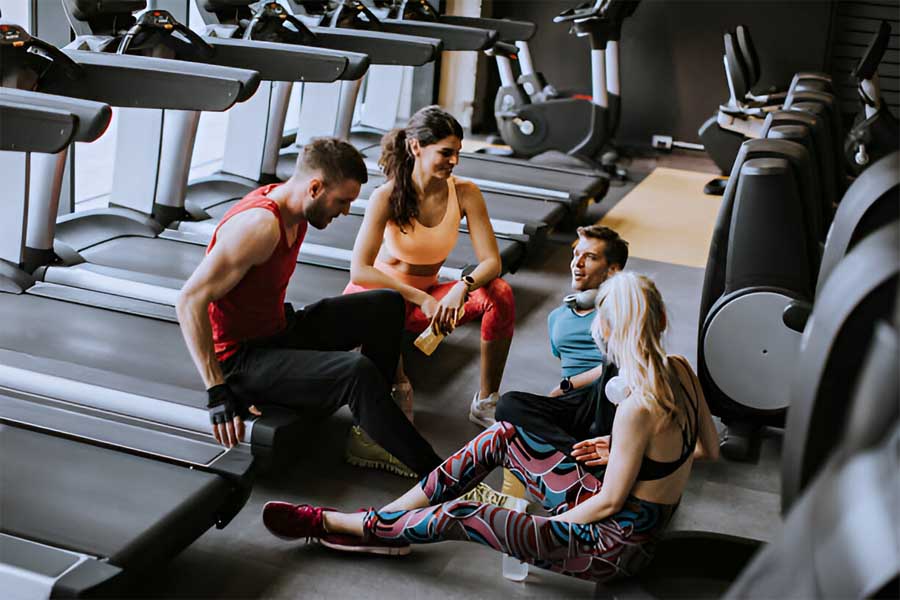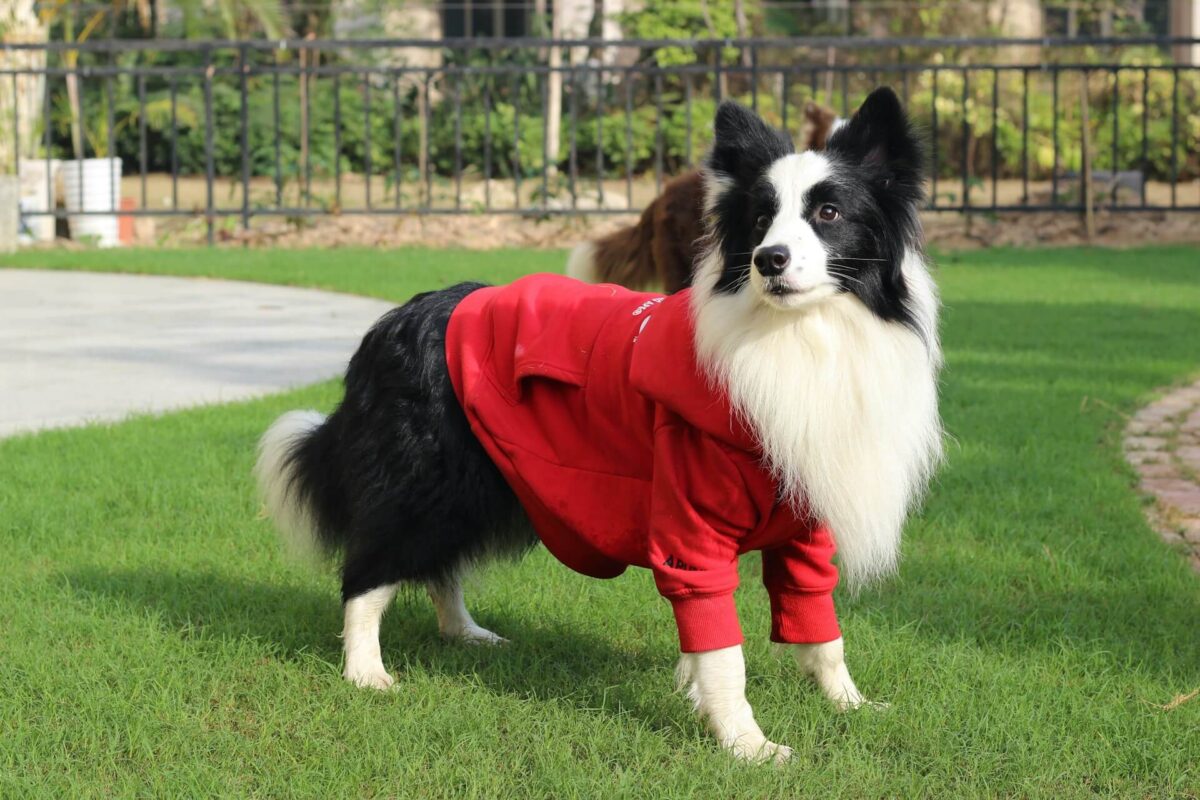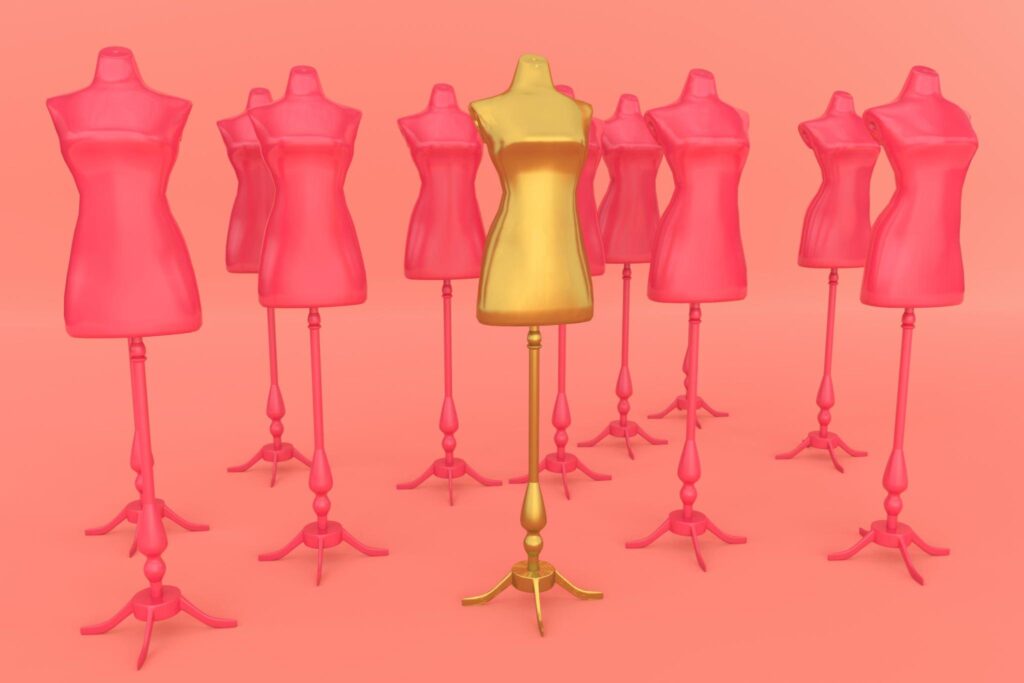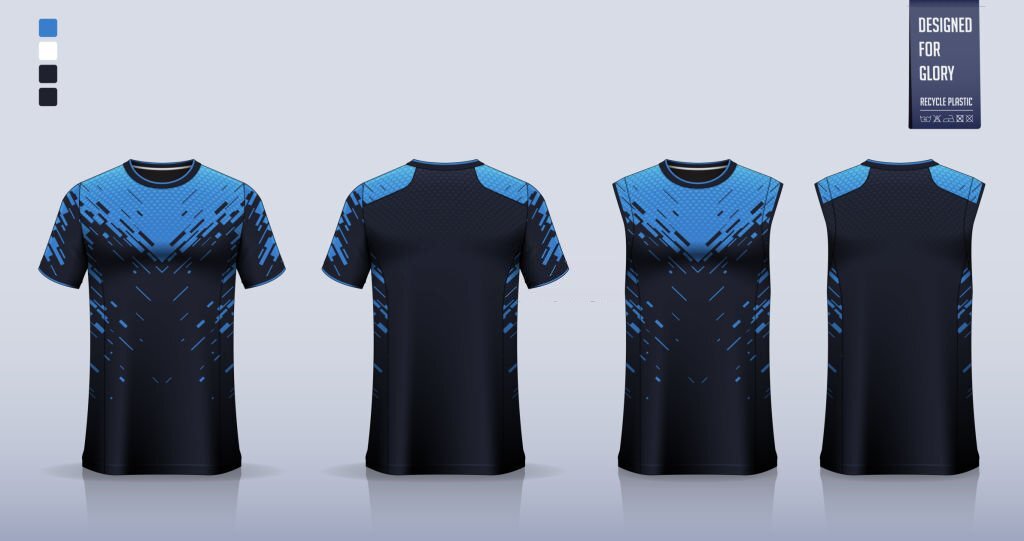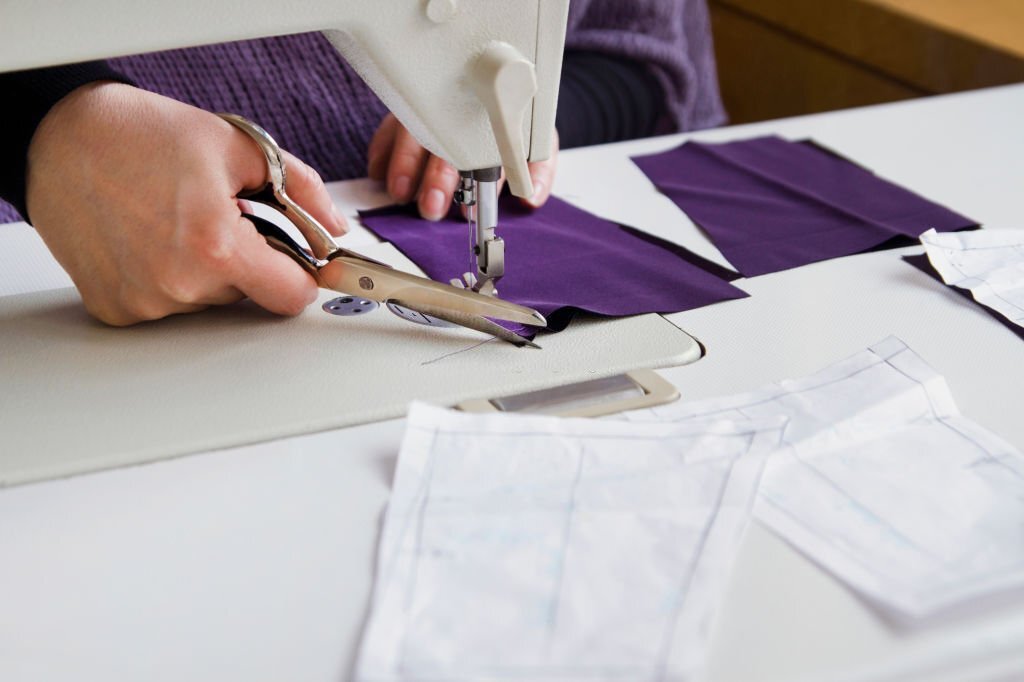We know what you’re looking for…
You want to be your boss in this world full of slavery. Are you an aspiring businessperson who has an aptitude for fashion? If yes, it’s time to start your very own clothing manufacturer company and make your fashion dreams come true. What you’re worried about is a PLAN. Let’s say you’re brainstorming about a clothing line business plan. That is what you need in the first place!
Before you may get confused about many questions in your mind, this article will discuss how a business plan for a clothing brand can be made with the use of a clothing brand business plan template. We’ll guide you through every process step, from creating attractive clothing to establishing your brand identity and connecting with your target market

Why Do You Need A Business Plan For Your Clothing Line?
A business plan defines your goal and helps you streamline the paths to achieve those goals. Furthermore, if you’re serious about your clothing business, an apparel business plan would show sincerity to your business partners like investors, suppliers, and distributors. It would lead to a profitable action plan.
A business plan for a fashion brand must be handy. You can’t just develop a business plan for the fashion brand, execute it and then never look at it back. It is a document that needs to be lived and we can’t leave it the way it is. Once you’ve launched your business, you need to check the financials and the stability it has to achieve. Moreover, you also need to make sure that your business is meeting the right goals.
Components of a Business Plan
A Must-Have Executive Summary
An executive summary is an overview of your business plan. It appears to be the first and foremost priority among the readers and the partners who want to know the plan in one go. It shows the importance of your business idea and how well you would execute it. You write the executive summary at the final step as a recap of the whole document. However, it must be placed in the very first section to avoid any misconception in the reader’s mind.
Vision and Mission Statements are the Keys to Success
Every business and organization demands a clear vision and mission statement. A vision statement shows what your business wants to become in the future. Whereas, a mission statement drives your business plan. It includes the following questions:
- What do we do?
- Who do we serve?
- What are our strategies to serve the customers?
These three basic questions elaborate on the value of any company.
Core Values
The guiding principles of your clothing company business plan would be your core values. These core values would define and then later influence your business decisions one way or another.
Products & Services
Services and products are the core knob that opens to business recognition and revenue generation. Before you have your clothing company business plan ready, ensure that the services you select are in-demand.
Once you have selected your services, you have to ensure that every detail of your product and services is crystal clear before your customers.
- Create brand awareness: Educating your target audience is the major step to excelling in your clothing brand business plan.
- Expose the features and benefits of your products: Apparel and clothing are something that attracts almost every person, from children, and teenagers to elderly women. In your clothing business plan, note that revealing every benefit of your product should be your priority.
Mention Your Unique Selling Points
Do you have any idea about the significance of unique selling points? One aspect that makes your business stand out from the competition is your unique selling proposition (also called a USP). It’s something that makes you stand out from the crowd. You can attract new customers by developing an engaging, unique selling proposition. The moment you choose a niche target customer, you have already set yourself apart and distinguished yourself from the crowd.
Conduct a Market Analysis
Give a thorough overview of the fashion industry. Do mention any difficulties or opportunities, market size, growth estimates, and current trends. Moreover, stay informed of the demand for your items. Delve deeper into your target market and analyze their wants, preferences, and purchasing power.
Additionally, make detailed profiles of your ideal clients. Profiles should include information on their ages, genders, lifestyles, motives, and purchasing patterns. You should also determine and evaluate your direct and indirect competitors. Consider their advantages, disadvantages, market share, pricing methods, and marketing plans. Furthermore, stay updated on the most recent consumer trends and fashions. Explain how you’ll apply them to your clothing line to stay current and appealing.
Build Up a Marketing Strategy for Your Clothing Business Plan
The section covers the marketing tactics and planning of your clothing business plan. What is your understanding of the market you plan to enter? Before making a marketing plan for your clothing business, research will help you score higher in your business plans for a clothing brand.
You will now prove there is a market for your product or service in this section of your clothing line business plan. It doesn’t matter how good something sounds to you, if no one wants it, then you won’t make any sales, and your clothing brand won’t succeed.
Design an Effective Sales Strategy
Business without sales is like a bridal dress without design and class. Your clothing brand business plan needs an effective business plan to excel higher. An effective sales strategy enables you to position and sell your product or service in an appealing way that distinguishes your solution from competitors.
The objective of a sales strategy is to provide your sales organization with clear objectives, guidelines, and information. Key elements that are typically included in clothing business plans & marketing strategies are growth goals, KPIs, buyer personas, sales processes, team structure, competitive analysis, and specific sales methodology.
Define Your Operations and Logistics
Describe the entire process of manufacturing a garment. Also mention details like creating patterns, cutting, sewing, quality assurance, and packaging. Describe your manufacturing partners’ qualifications and available production capacity. Talk about any contracts or agreements to ensure the supply chain runs well.
Not only that but describe your strategy for effective inventory management. Include forecasting, stock replenishment, and procedures for monitoring and controlling inventory levels. Discuss the steps you’ll take to preserve your clothing’s high standards of quality. This helps keep your brand’s reputation and the satisfaction of your customers. Also include your logistics, shipping options, warehousing, and order fulfillment procedures, considering brick-and-mortar and online sales.
Financial Projections
You need to calculate the startup costs for your clothing line. Consider costs for inventory, branding, marketing, and legal fees. Also describe your financial options, including personal savings, loans, and investors.
Furthermore, under market research, pricing strategy, and target market analysis, predict your expected sales revenue while accounting for seasonality and growth projections. Do a cost analysis of the materials, labor, packaging, and any other costs directly related to the manufacturing process that goes into making your clothing.
Determine and estimate the costs associated with your ongoing operations. Include rent, utilities, payroll, marketing, insurance, and other administrative expenses. Do anticipate creating an anticipated profit and loss statement. Make a cash flow prediction to keep track of the money coming in and going out of your company.
Do a break-even analysis to find the point when your total revenue equals your entire costs. This will assist you in calculating the number of sales you must make to pay your expenses and turn a profit.
Design a Risk Assessment and Contingency Plan
Determining any possible market risks and difficulties is an important aspect of any plan. This should include changing buyer preferences, economic downturns, increasing competition, or changes in vogue trends. Also, describe the steps you’ll take to reduce these potential risks.
Analyze operational risks such as production delays, manufacturing concerns, quality control challenges, and supply chain interruptions. To reduce these risks, create backup plans and alternate providers.
Furthermore, consider financial risks, including cash flow instability, unforeseen costs, or trouble getting funds. Implement financial management techniques, such as keeping an eye on spending, setting aside money, or looking for additional funds.
Ending Note
We have created a guide for you to create the perfect apparel business plan. It will help you along the way. We have seen so many generic business plan examples for clothing lines online, so we decided to create something more personal for you. In the spirit of transparency, we wanted to share how my company works and what goes into making a business plan.
So if you are starting a clothing line, plan your business carefully because it is a very time-consuming process. It’s much more likely that clothing brands will succeed and grow when they invest time and effort at the start of their business. Find a clothing Manufacturer if you have a plan for your clothing business to apply.


